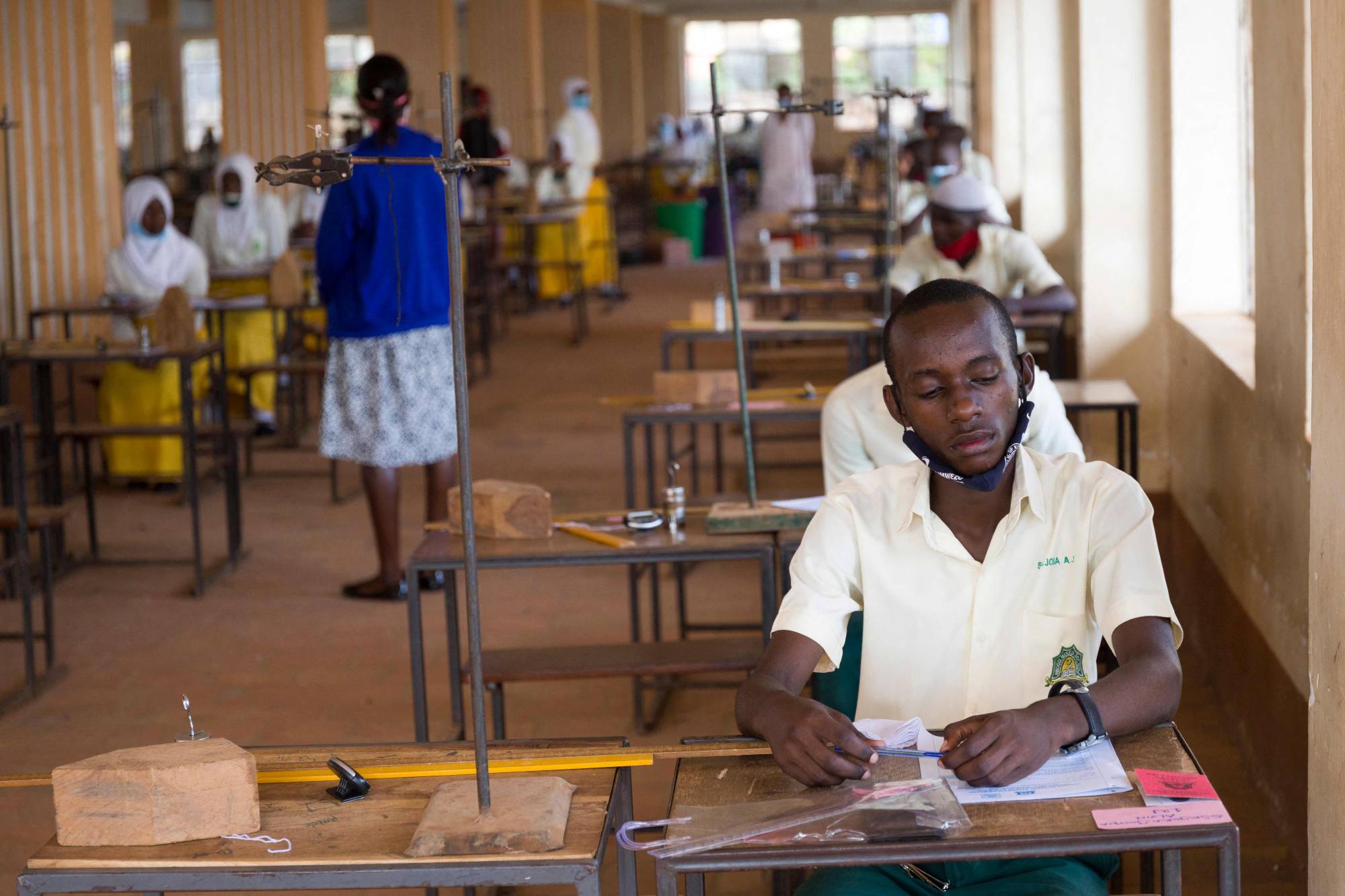Education has emerged as one of the most consequential casualties of the pandemic. According to estimates from UNESCO, around 1.6 billion students across more than 190 countries were forced out of school at the peak of the crisis.
In higher-income countries, school closures have disproportionately harmed students from socioeconomically disadvantaged backgrounds, raising concerns about the long-run implications for learning and earnings inequality. There is a visible and widening gap between students with educated parents and access to computers and the internet, and those lacking such resources.
But the picture is even bleaker in low-income settings. In 2019, the World Bank estimated that 53% of children finishing primary school in low— and middle-income countries (and as many as 80% in some low-income countries) still could not read and understand a simple text. In light of these findings, the bank introduced a new concept: “learning poverty.”


















With your current subscription plan you can comment on stories. However, before writing your first comment, please create a display name in the Profile section of your subscriber account page.